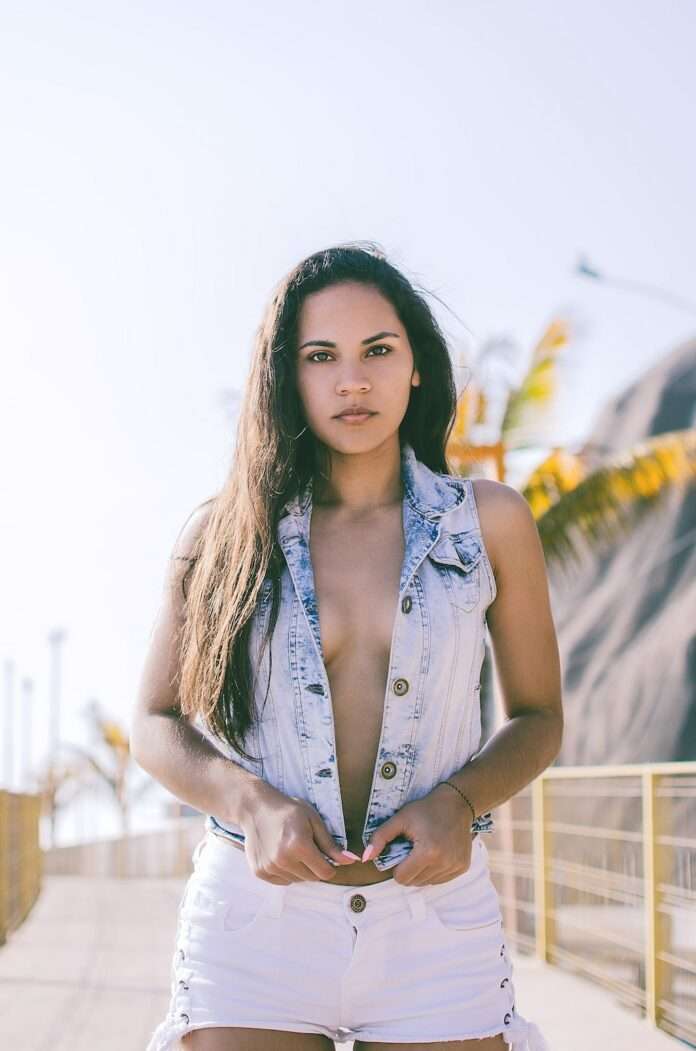Ready to go braless? Why it’s easier (and more sustainable) than you probably think. Plus, sustainable bras for when you just can’t skip them.
If the pandemic taught us anything, it’s that bras are indeed optional. Sure, you can still burn your bra like they did in the ‘70s, especially if you’re a woman making seventy cents for every dollar a man earns (ahem). But in this new world, you could also forego buying them altogether (unless they’re sustainable) and go braless instead. Undergarments aren’t exactly doing your shoulders, or the planet, any favors. Is the best of both worlds possible? We’ve got good news.
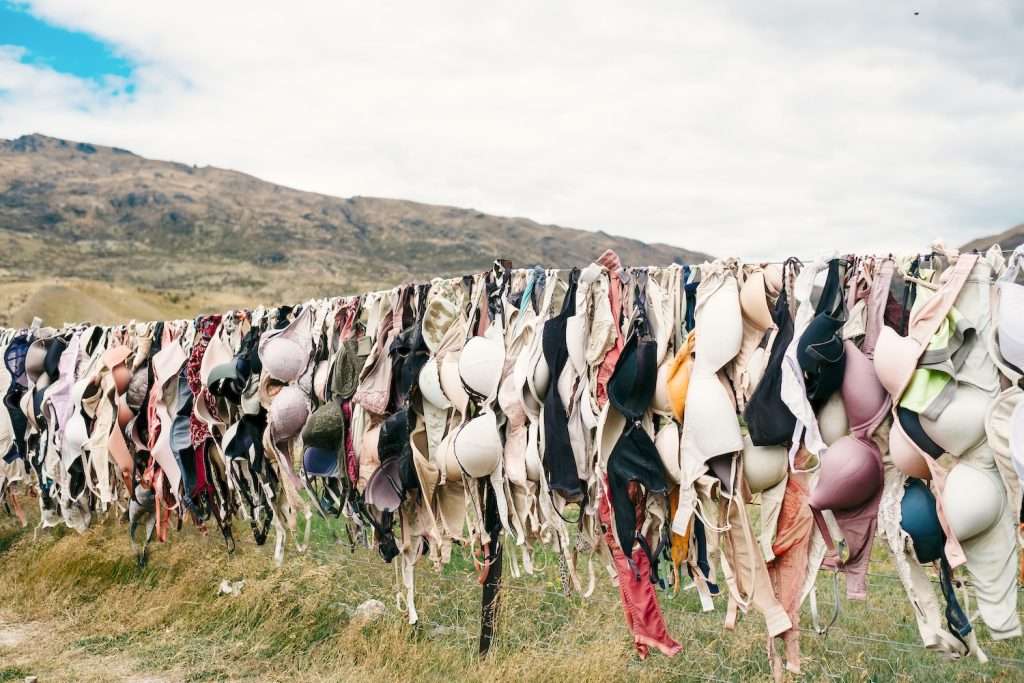
During lockdown, The Crown star Gillian Anderson announced that she’s ditched bras. “I don’t wear a bra anymore. I can’t wear a bra. I’m sorry,” the actress explained in a video posted to the social media platform X (then Twitter). “I don’t care if my breasts reach my belly button. I’m not wearing a bra, it’s just too f***ing uncomfortable.” She’s not alone. Fans chimed in on the thread with their bra-free anecdotes and tips for going braless.
Do we need bras?
Bras have certainly inked their value in the modern world, bringing shape and support to women of all sizes. Enhancing here, minimizing there. But do we really need them? Turns out Anderson may be right. “No, it is not necessary to wear a bra,” Dr. Lucky Sekhon, a reproductive endocrinologist, infertility specialist, and OB-GYN at Reproductive Medicine Associates of New York told Bustle. Even if you’re a larger cup size, you can forego the bra.
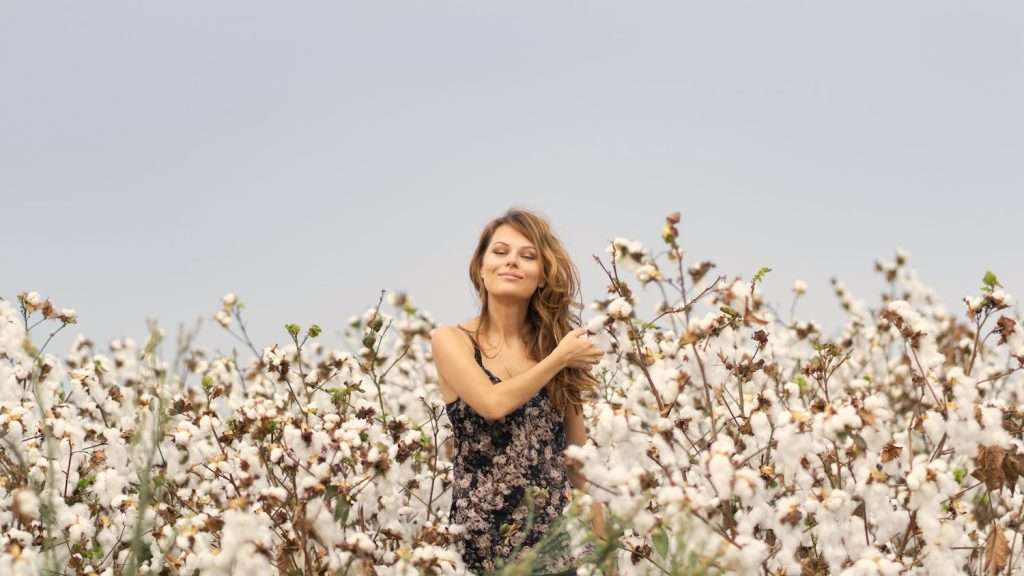
Of course, the larger the breasts the more supported one might feel with a bra on, especially when working out or wearing certain clothes. But all the time? No. (Sleeping with a bra on is an especially bad idea for everyone. They’re constricting and may increase the occurrence of back, shoulder, or neck pain.)
Your best bet? Do a bit of both. At home, go without — maybe opt for a supportive camisole with a shelf bra if you feel you need the extra support around the house. And when a bra is going to make you more comfortable, opt for those from sustainable labels, like the ones we’ve listed below.
How to go braless
There are a few tips and tricks to make going braless easier:
Wear loose-fitting clothes
You’ve probably been doing a lot of that at home since going remote, anyway. Celebs like Billie Eilish are making it more fashionable, too. Loose-fitting clothes don’t offer you any support, but they make it less obvious what’s going on (or not) underneath.
Wear a camisole or tank
Is it cheating? Sort of. But not really. A shelf tank or camisole can give you just enough support to feel like you’re not totally “out there” for everyone to see but without all the restrictive strappy hooky bits of a traditional bra. For smaller cup sizes, this is probably already a go-to. Camis and tanks also come in natural fibers that are softer on the skin and easier to find in sustainable materials.
Wear layers
It’s almost like combining the previous two recommendations in one. Layers help make breasts less visible, and if one of those layers is a bit tighter, like a ribbed tank, and others looser fitting, it’s easier and more comfortable to be braless. School drop-offs, supermarket runs, or even real-life business meetings — try it and see what happens. Feels good, doesn’t it?
Wear sports bras
It’s also cheating a bit, but sports bras are a different beast with pros and cons. Clasps and hooks and straps — they’re not on most sports bras, which is more like a tight tank top, for all intents and purposes, right? But the downside, especially if you wear a larger cup size, is that most sports bras can have that smooshing “uni-boob” effect, which is not the most comfortable. (If you’ve ever worn one in the car and had the seatbelt slide up to your neck — you know what we’re talking about.) Again, these are perfect for at home, running errands, and giving that little extra support when needed.
If you absolutely feel like you can’t go braless, look at the least restrictive options possible, which will likely be a sports bra. There are also many bra manufacturers now making supportive underwire-free bras. There are also sports bras that reduce the smooshed-together look, too.
Use tape
Sometimes you need support but a bra will ruin the outfit, so do what the celebs have been doing for years: Booby Tape. There are numerous options beyond the original making breast tape for all sizes and skin tones so you can wear that plunging neckline or backless dress with ease.
Just burn it (but don’t actually burn your bras!)
Who cares what people think, right? We’ve survived a pandemic, we’re battling a climate crisis, a social justice crisis, and anyway, it’s your body. Who. Cares. About. Bras. Go braless and let your girls have their moment and do like your grandma did, and burn those bras. (Well, recycle them if possible, burning spandex is a no-no if you love the planet.) Free the nipple — and all the rest of it.
Are bras sustainable?
According to the Environmental Protection Agency, approximately 11 million pounds of undergarments are sent to U.S. landfills daily. The apparel industry, which includes lingerie, creates more than 15 million tons of textile waste every year. EPA data show fewer than 3 million tons of that are recycled. Most of that waste goes to landfills.
But the real problems start with the supply chains that rely on virgin materials and resource-intensive processes. This linear system model has made fashion a big polluter. It currently contributes about ten percent of all CO2 emissions and produces nearly 20 percent of all global wastewater.
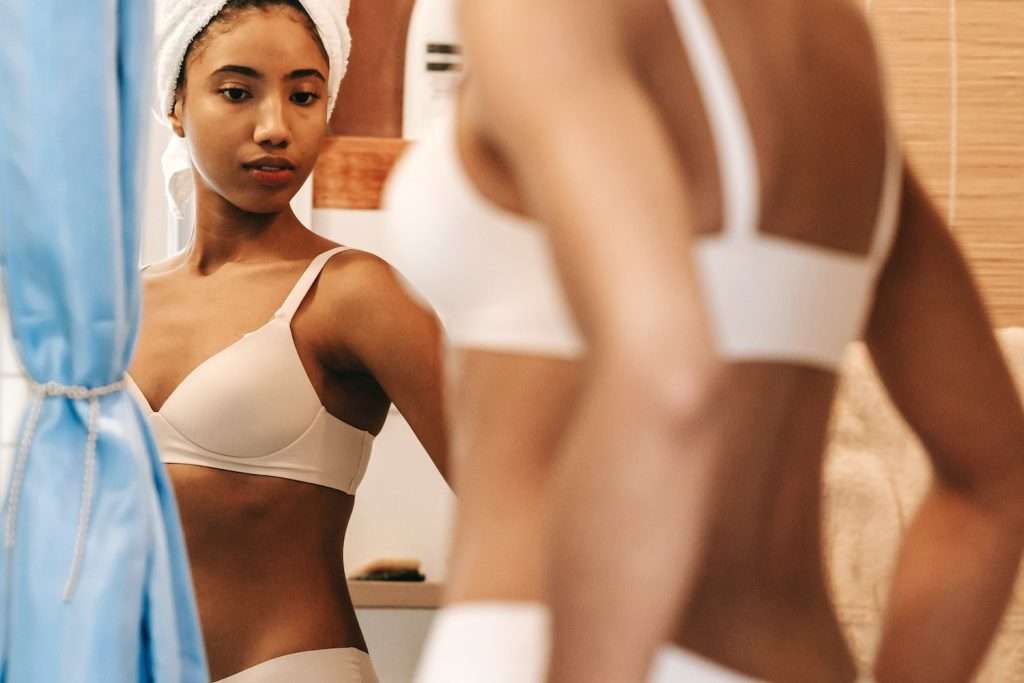
Bras are unwearable unless they’re comfortable. But materials, like cotton, which is used in a number of bra styles, is one of the biggest polluters. It requires more pesticides than any other crop and uses an intense amount of water. A single cotton t-shirt can use as much as 3,000 gallons of water—twice as much as it takes to make an average-sized steak.
Nylon and polyester — two of the biggest materials used in bras — are also big threats to the environment. While cotton eventually biodegrades, neither nylon nor polyester does. They’re not as water-intensive as cotton, but they do require petrochemicals, which are big a problem for the planet both in drilling and in the pollution created.
Notably, there are innovations happening in polyester, mostly in the form of making recycled polyester fabric out of plastic waste like water and soda bottles or ocean plastic. Sportswear giant Adidas has created Primeblue and Primegreen textiles made from ocean plastic waste. Other designers are working with sustainable materials like bamboo viscose or innovations such as low-water or natural dyeing processes. And recent efforts in spandex recycling could help further reduce the sector’s footprint, too.
Sustainable bras
Can’t totally let the girls run free? Sometimes wearing a bra is unavoidable. Give these sustainable bras a try.
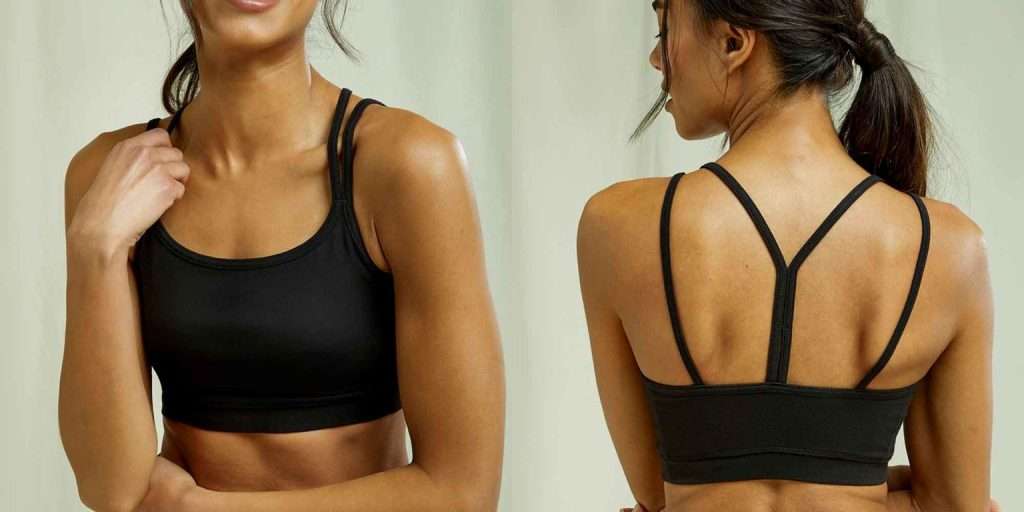
People Tree
A leader in sustainable fashion since 1991, People Tree uses eco-friendly materials, including those that are Fair Trade certified. It doesn’t just source quality materials, though. The company is working in compliance with the Small Producers Organizations Code of Conduct in an effort to support artisans and textile growers alike. The first company to be awarded the World Fair Trade Organisation product label, People Tree is guided by principles of fair trade, fair wages, good working conditions, transparency, environmental best practices, and gender equality.
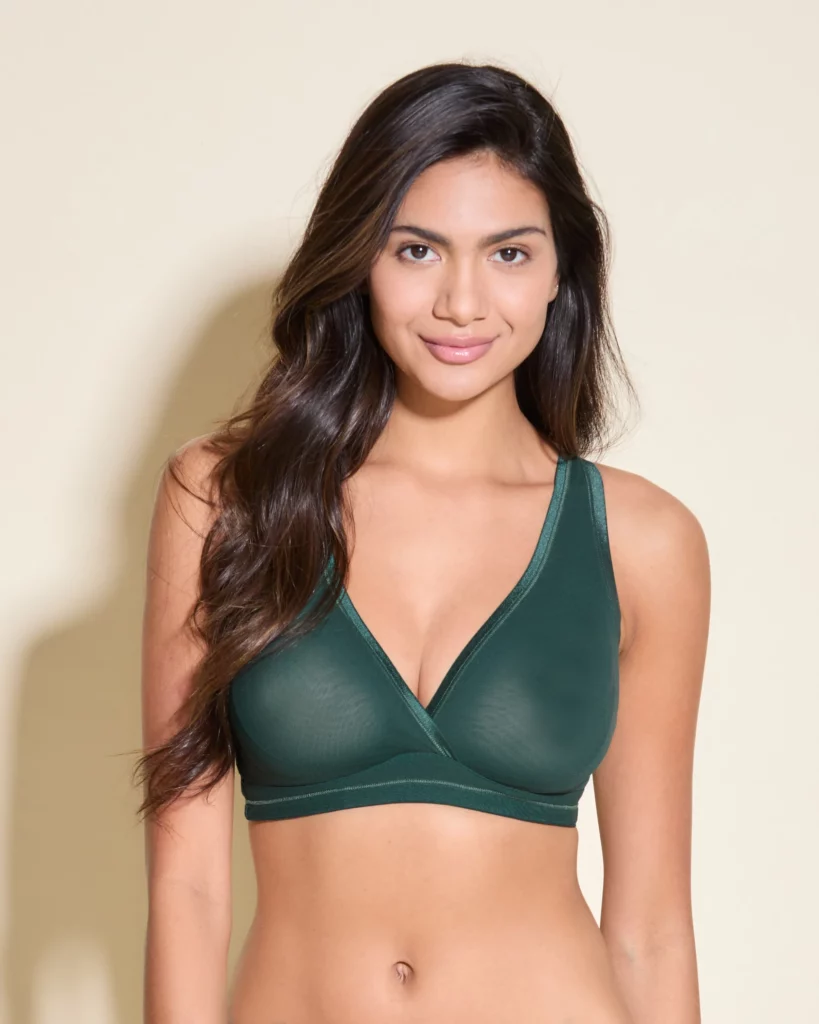
Cosabella
It’s easy to see why women in the 1960s and ’70s were so keen on bra burning. Have you seen what was available back then? Nothing short of corsets, bras were thick, overloaded with straps and hooks hard to get in or out of. Enter: Cosabella. It’s an ethical lingerie brand committed to making the world a better place and it offers beautiful pieces, whether you’re looking for a plunge, push-up, or a nursing bra.
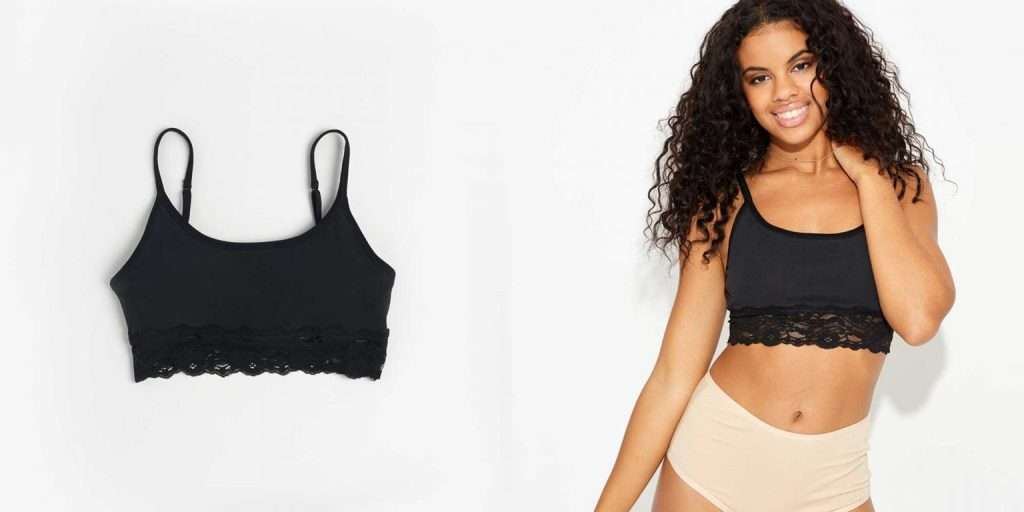
Pact
If a happy medium exists between the bra wearers and the braless, it’s most certainly the bralette. While it may sound like an excessively feminine twist on the sturdier bra, the bralette is a more multi-functional camisole soft meets sports bra utility. And for Pact, it’s also a medium for social change: the brand is committed to sweatshop- and child-labor-free practices. The bralettes are made with organic cotton and at least 50 percent Fair Trade materials.
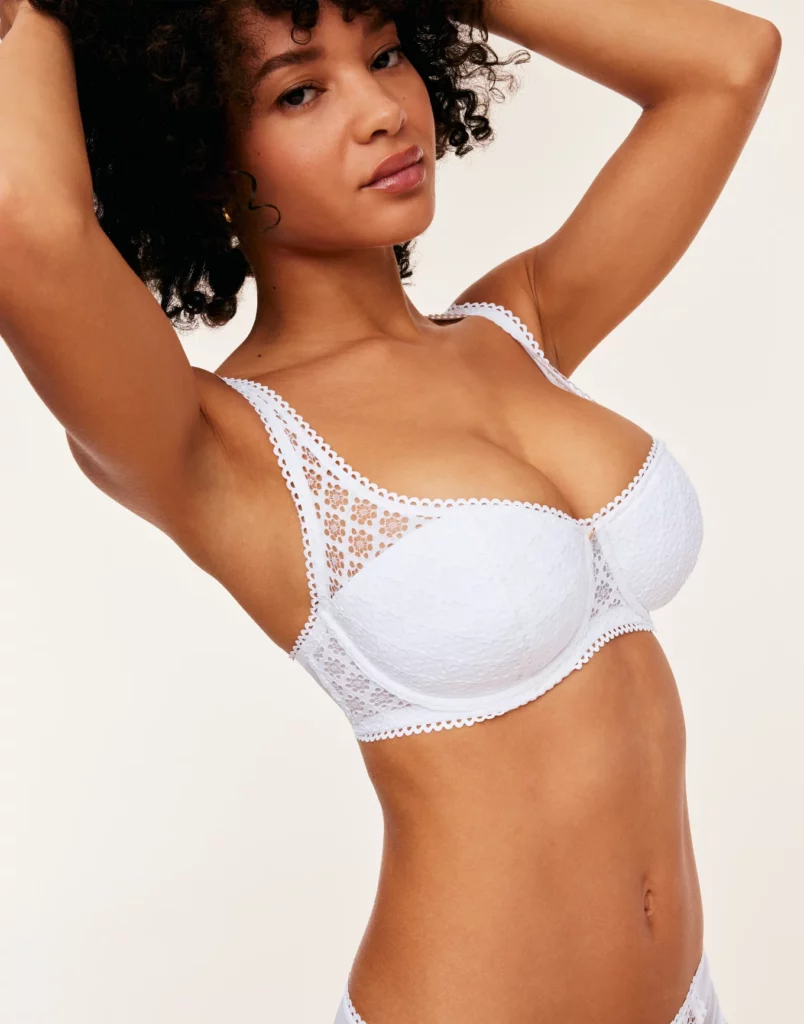
Adore Me
With designs made from preferred fibers like recycled nylon that reduce chemical use, Adore Me offers a range of styles and support. Adore Me is a Certified B Corp, making it an easy choice for ethical undies, bras, lingerie, and even bridal wear.
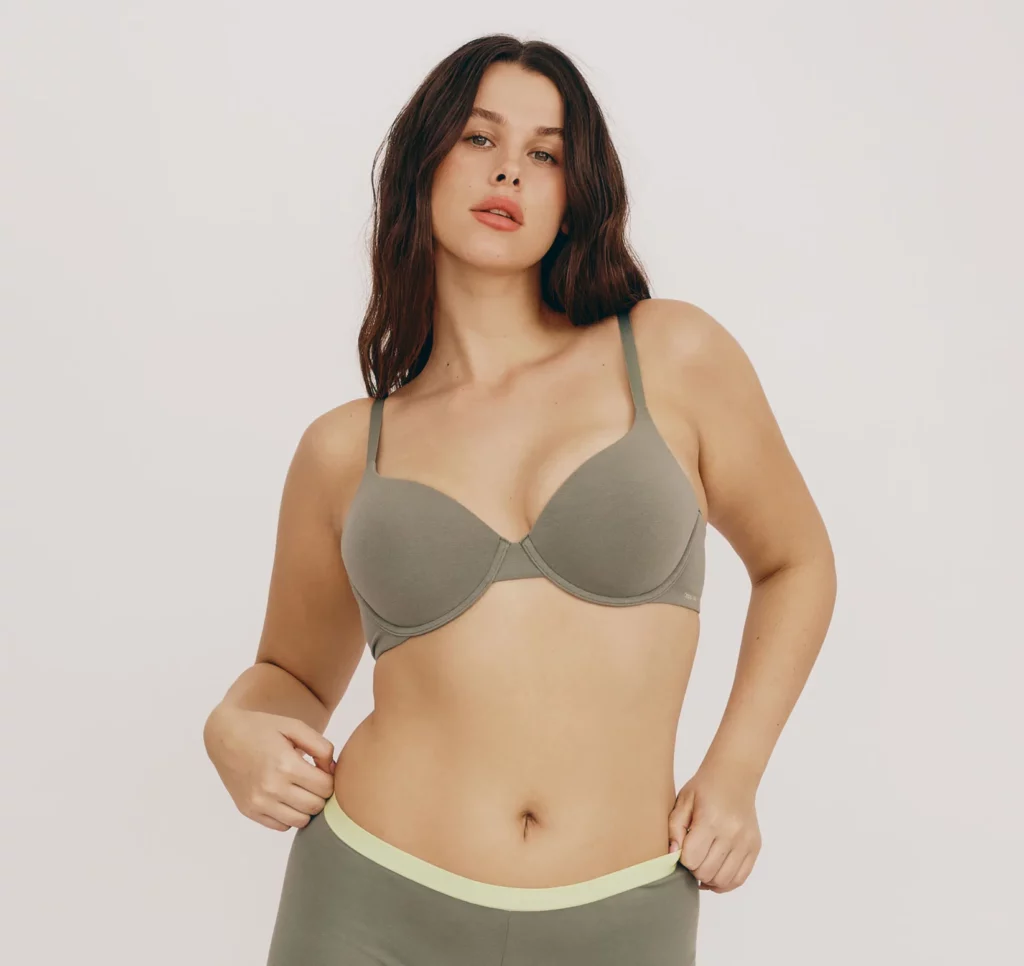
Organic Basics
It’s nice when a name says it all as is the case with Organic Basics. Like the label says on its website, the search for a sustainable bra is over. It uses organic cotton and other sustainable materials like Tencel and recycled materials for its bras, undies, tees, PJs, and other basics. But they’re so extra you’ll want to showcase them in every outfit.
Trying to go undies-free, too? That’s totally doable. But if you need undies to go with your bra when it’s that time of the month, try these sustainable period underwear brands. And learn how to wash your eco clothes and undergarments the safe way.
Related on Ethos:
All products featured on Ethos have been independently selected by our editorial team.
When you buy something through our links, Ethos may earn an affiliate commission.

